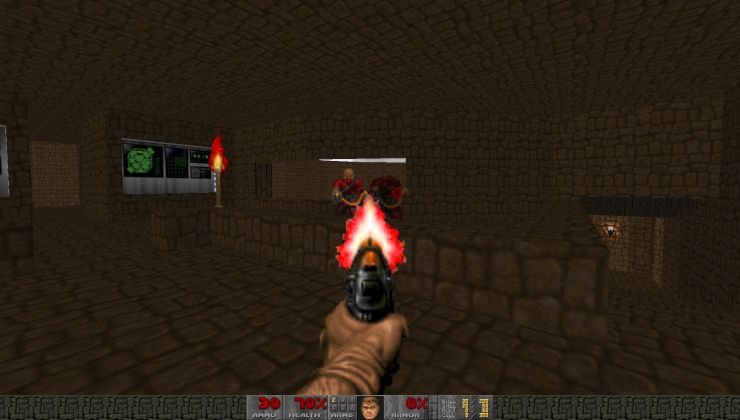

OpenGL ES Extension #71 (became core in ES 3.0) OpenGL ES Extension #36, extended in ES 3.0 and 3.1 OpenGL ES Extension #35, extended in ES 3.0 and 3.1 OES_texture_float_linear OES_texture_half_float_linear OpenGL ES Extension #34 (became core in ES 3.0) OpenGL ES Extension #87 (different for 1.1) OpenGL ES Extension #23 (different for 1.1) The Khronos Group has written a document describing the differences between OpenGL ES 2.0 and ordinary OpenGL 2.0. Some incompatibilities between the desktop version of OpenGL and OpenGL ES 2.0 persisted until OpenGL 4.1, which added the GL_ARB_ES2_compatibility extension. As a result, OpenGL ES 2.0 is not backward compatible with OpenGL ES 1.1. Almost all rendering features of the transform and lighting stage, such as the specification of materials and light parameters formerly specified by the fixed-function API, are replaced by shaders written by the graphics programmer. Control flow in shaders is generally limited to forward branching and to loops where the maximum number of iterations can easily be determined at compile time. It is roughly based on OpenGL 2.0, but it eliminates most of the fixed-function rendering pipeline in favor of a programmable one in a move similar to the transition from OpenGL 3.0 to 3.1. OpenGL ES 2.0 was publicly released in March 2007. OpenGL ES Extension #10 (became core in ES 2.0) OpenGL ES 1.1 added features such as mandatory support for multitexture, better multitexture support (including combiners and dot product texture operations), automatic mipmap generation, vertex buffer objects, state queries, user clip planes, and greater control over point rendering.

OpenGL ES comes with its own version of shading language (OpenGL ES SL), which is different from OpenGL SL.
Gzdoom android portable#
This means that, for example, an application written for OpenGL ES 1.0 should be easily portable to the desktop OpenGL 1.3 as the OpenGL ES is a stripped-down version of the API, the reverse may or may not be true, depending on the particular features used. OpenGL ES 1.0 is drawn up against the OpenGL 1.3 specification, OpenGL ES 1.1 is defined relative to the OpenGL 1.5 specification and OpenGL ES 2.0 is defined relative to the OpenGL 2.0 specification. Several versions of the OpenGL ES specification now exist.
Gzdoom android drivers#
Vulkan, a next-generation API from Khronos, is made for simpler high performance drivers for mobile and desktop devices. OpenGL ES is managed by the non-profit technology consortium Khronos Group. The GLU library and the original GLUT are not available for OpenGL ES, freeglut however, supports it. The API is cross-language and multi-platform.

OpenGL ES is the "most widely deployed 3D graphics API in history". It is designed for embedded systems like smartphones, tablet computers, video game consoles and PDAs. OpenGL for Embedded Systems ( OpenGL ES or GLES) is a subset of the OpenGL computer graphics rendering application programming interface (API) for rendering 2D and 3D computer graphics such as those used by video games, typically hardware-accelerated using a graphics processing unit (GPU).


 0 kommentar(er)
0 kommentar(er)
